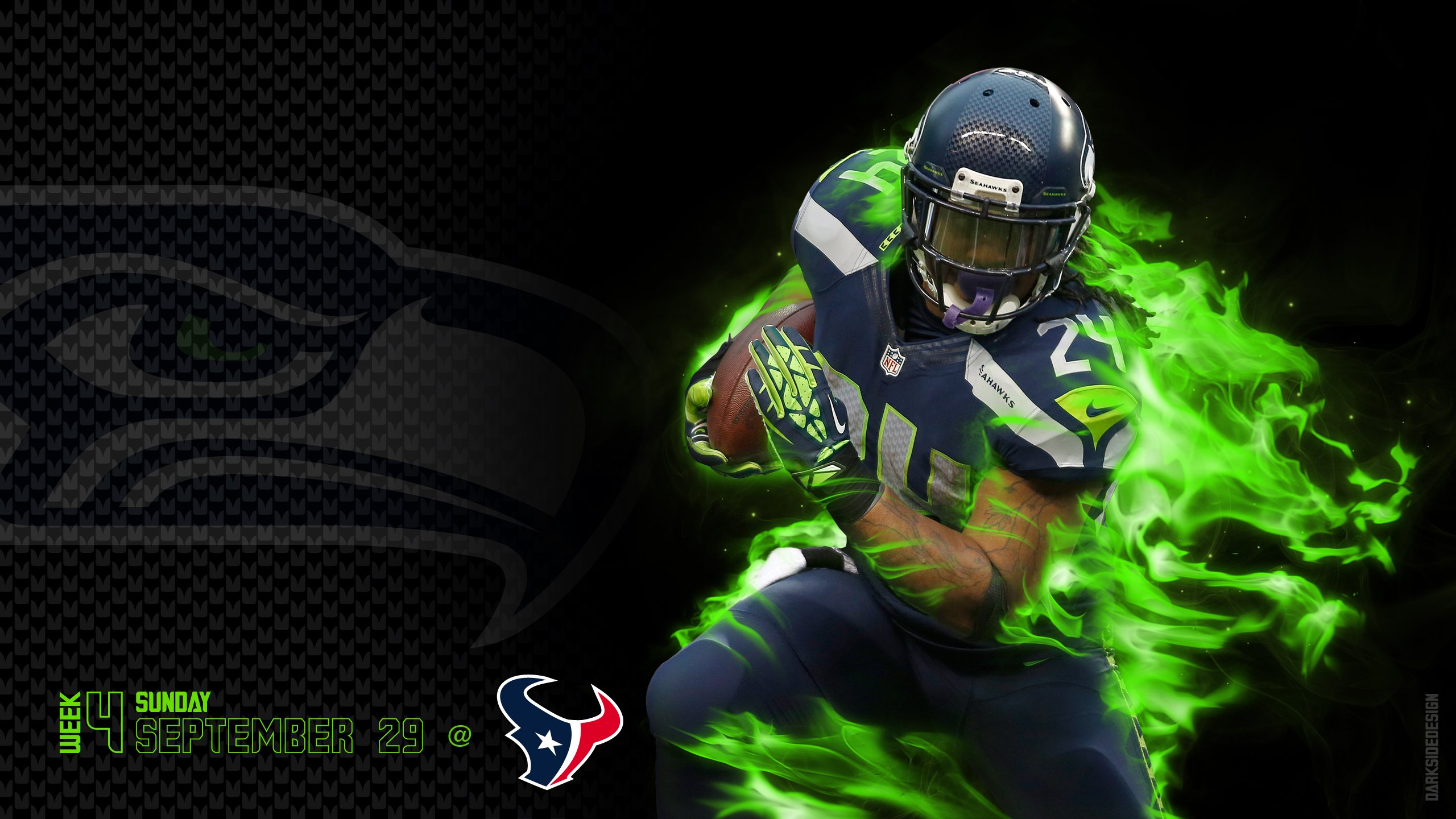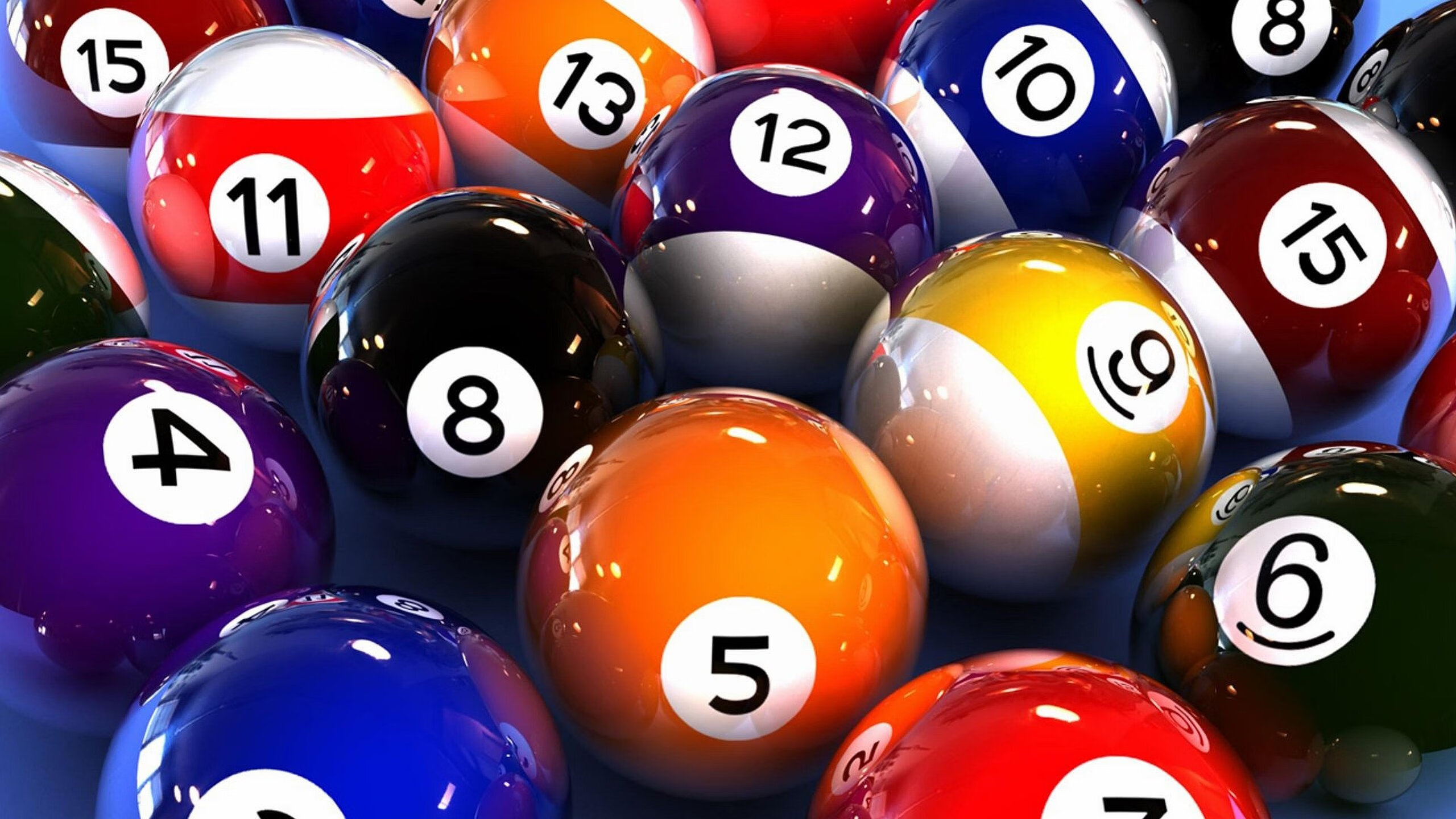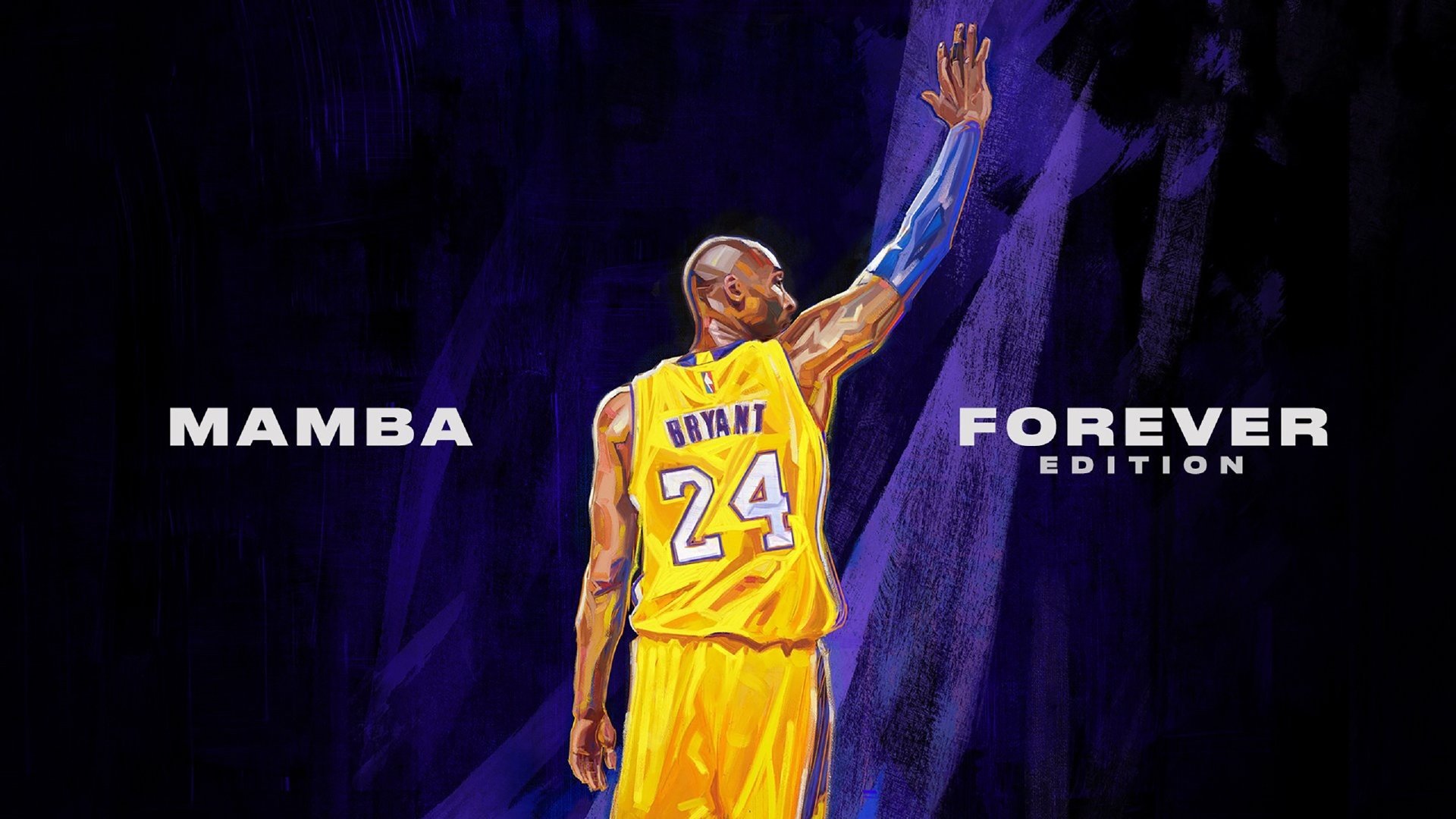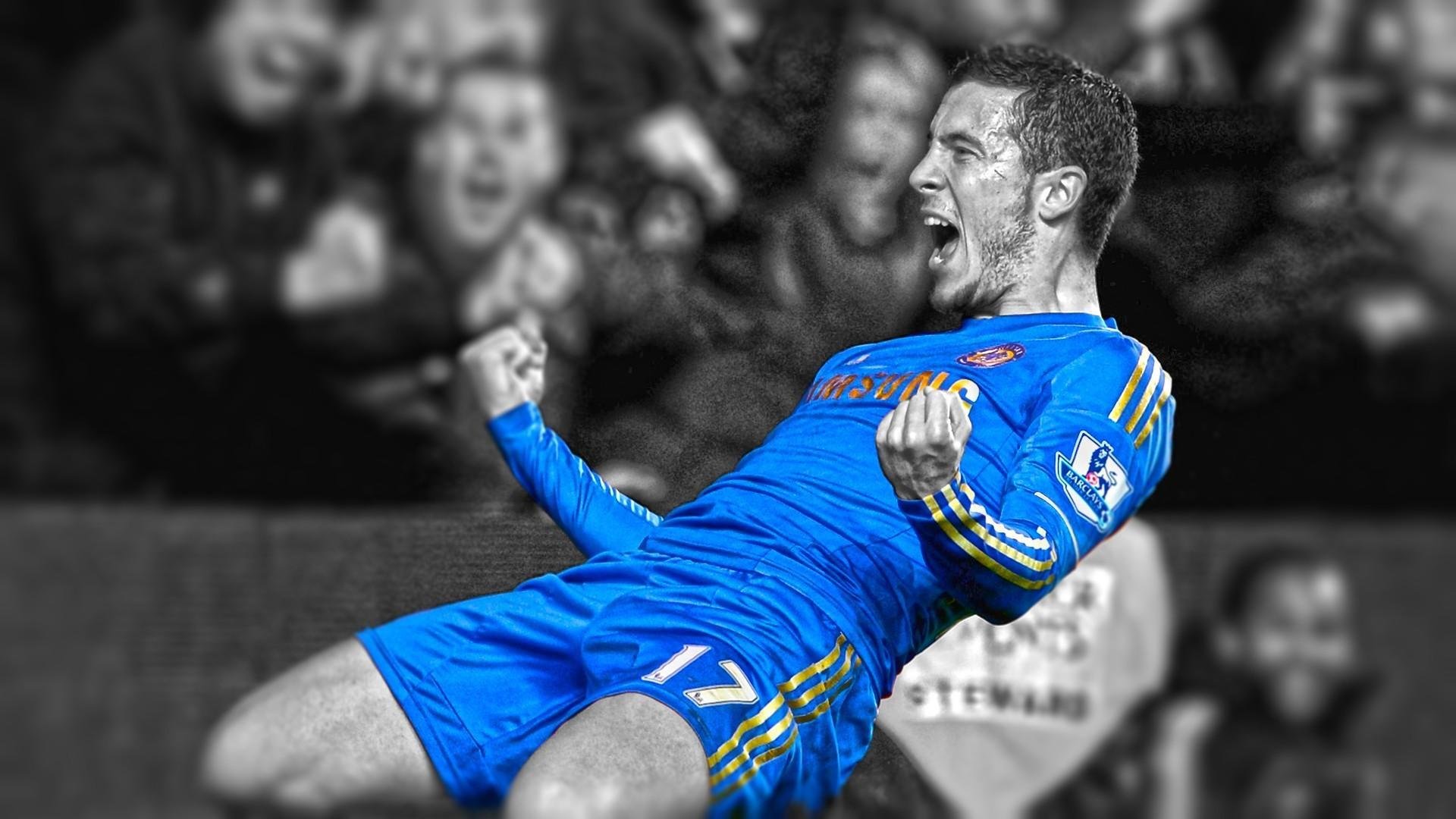Introduction:

The League of Legends World Championship is an annual event that brings together the best teams from around the world to compete for the title of World Champion. Since its inception in 2011, the competition has grown in popularity and has become one of the most watched esports events in history. Each year, teams battle it out to be crowned champion and etch their names into the history books. In this article, we will take a look back at the previous World Championship champions and analyze what made them successful.
1. 2011: Fnatic
Fnatic was the first team to win the League of Legends World Championship in 2011. Hailing from Europe, they surprised many by defeating teams favored to win such as Team SoloMid and Counter Logic Gaming. They were able to pull off a number of upsets thanks to their unorthodox playstyle and strong teamwork. They played a lot of aggressive strategies, excelling in early game pressure and team fights. Their support player Mellisan was instrumental in their success, often sacrificing himself to secure kills for his team mates. Their performance marked the beginning of a new era in professional League of Legends.
1.1. Fnatic's strengths
Early game pressure: Fnatic was known for their aggressive early game play. They often invaded the enemy jungle or pressured their opponents with strong level one champions.
Unorthodox strategies: Fnatic was not afraid to try new things. They often picked champions that were not considered top tier at the time, surprising their opponents with their unusual picks.
Strong teamwork: Fnatic had excellent communication and coordination. They were able to react quickly to their opponents' movements and make decisive plays as a team.
1.2. Fnatic's key players
Mellisan: Mellisan was Fnatic's support player and was known for his selflessness. He often sacrificed himself to secure kills for his team or set up plays for his team mates.
xPeke: xPeke was Fnatic's mid laner and was known for his strong mechanical skill. He was able to outplay his opponents in lane and make game-changing plays in team fights.
The editor says: Fnatic's aggressive playstyle and strong teamwork allowed them to pull off upsets and become the first World Champions. Their willingness to try new strategies and their unorthodox picks caught their opponents off guard and showed that League of Legends is a game that rewards creativity.
2. 2012: Taipei Assassins
Taipei Assassins (TPA) shocked the world in 2012 when they defeated Korean favorites Azubu Frost in the grand finals of the World Championships. TPA was a team from Taiwan that had been relatively unknown before the tournament began. They were able to progress through the tournament by playing a style of play that emphasized map control and objective taking. Their strategy focused on utilizing split-pushing and map pressure to control the pace of the game. This allowed them to take objectives and outmaneuver their opponents in team fights.
2.1 TPA's strengths
Map control: TPA's playstyle was centered around controlling the map. They were able to use their superior vision and map awareness to set up plays and take objectives.
Split-pushing: TPA's top laner Stanley was a master of split-pushing. He was able to pressure lanes while the rest of the team focused on objectives or team fights.
Objective taking: TPA was able to take objectives quickly and efficiently. They could take down towers and dragons faster than their opponents, allowing them to get ahead and control the game.
2.2 TPA's key players
Toyz: Toyz was TPA's mid laner and was known for his ability to control team fights. He was able to position himself well and deal massive amounts of damage to the enemy team.
Stanley: Stanley was TPA's top laner and split-pushing expert. He was able to pressure lanes and draw multiple enemy players to him, allowing his team to take objectives elsewhere on the map.
The editor says: TPA's success showed that League of Legends is a game that rewards smart, strategic play. By emphasizing map control and objective taking, they were able to outmaneuver their opponents and take the championship. TPA's victory also showed that teams from all regions can be successful if they have the right strategy and execution.
3. 2013: SK Telecom T1
In 2013, a new era of League of Legends began with the rise of Korean teams. SK Telecom T1 (SKT) was at the forefront of this revolution, as they dominated the 2013 World Championships. SKT was a team that played an aggressive, high-risk style of play. Their focus was on snowballing early game advantages and using their superior mechanical skill to outplay their opponents in team fights. They were led by their mid laner Faker, who is widely regarded as one of the best players in League of Legends history.
3.1 SKT's strengths
Early game aggression: SKT was known for their aggressive early game play. They would often invade the enemy jungle or engage in early fights to gain an advantage.
Mechanical skill: SKT's players were some of the most mechanically skilled in the world. They were able to outplay their opponents in terms of mechanical skill and decision-making.
Team fighting: SKT was able to coordinate their team fights with precision. They were able to engage fights and focus down priority targets with ease.
3.2 SKT's key players
Faker: Faker is widely regarded as one of the best League of Legends players of all time. He played as SKT's mid laner and was known for his aggressive playstyle and incredible mechanical skill.
Piglet: Piglet was SKT's AD carry and was known for his strong laning phase. He was able to farm well and outplay his opponents in lane to gain an advantage for his team.
The editor says: SK Telecom T1's dominance in 2013 marked the beginning of a new era in League of Legends history. Their focus on early game aggression and superior mechanical skill allowed them to outplay their opponents at every turn. The rise of Korean teams has forever changed the landscape of League of Legends esports and has shown that mechanical skill and coordination can be the difference between winning and losing.











暂无评论
发表评论